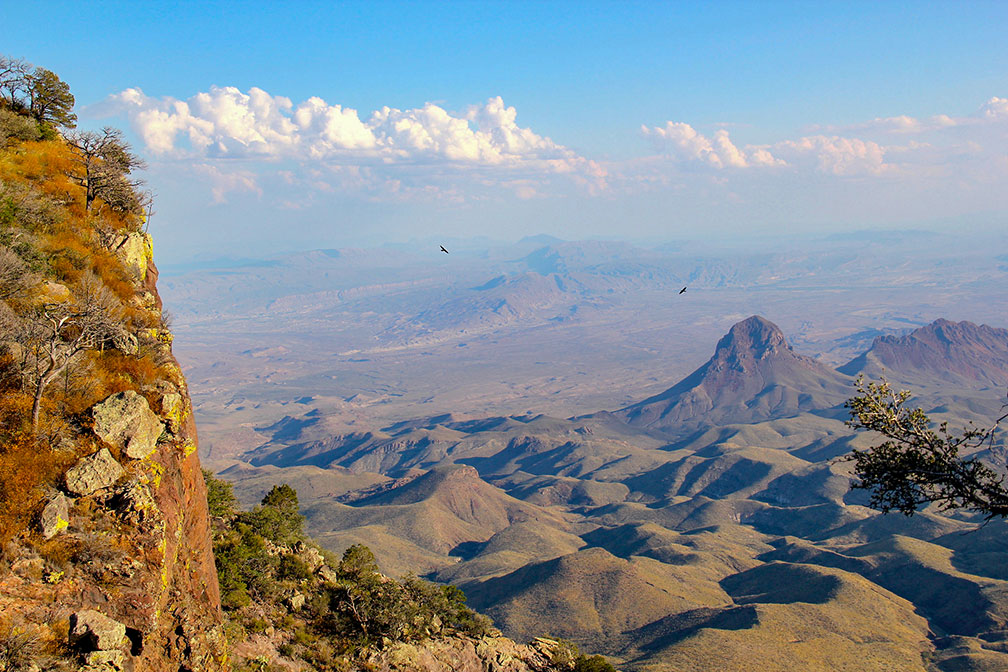Cities and Towns in Texas
The map shows the location of following cities and towns in Texas:
(major cities with a population of more than 150,000 in
bold)
 Downtown Houston, the state's largest city and a primary port.
Downtown Houston, the state's largest city and a primary port.
Image: Vlad Busuioc
, Albany, Alice, Alpine,
Amarillo, Andrews, Angleton, Anson,
Arlington, Aspermont, Athens,
Austin, Ballinger, Bay City, Baytown,
Beaumont, Beeville, Big Spring, Bonham, Borger, Bowie, Brady, Brownfield,
Brownsville, Brownwood, Bryan, Buffalo, Burnet, Canadian, Canyon, Carrizo Springs, Carthage, Cedar Park, Channing, Childress, Cisco, Clarendon, Clarksville, Cleburne, Coleman, College Station, Colorado City, Columbus, Conroe,
Corpus Christi, Corsicana, Cotulla, Crockett, Crystal City, Cuero, Dalhart,
Dallas, Del Rio,
Denton, Dumas, Eagle Pass, Eden, EdnaVictoria,
El Paso, Ennis, Fairfield, Falfurrias, Floydada,
Fort Stockton,
Fort Worth, Fredericksburg, Freeport, Gainesville, Galveston,
Garland, George West, Georgetown, Gladewater, Goldthwaite, Goliad, Gonzales, Graham, Guthrie, Hallettsville, Hamilton, Harlingen, Henderson, Hereford, Hillsboro, Hondo,
Houston, Huntsville,
Irving, Jacksonville, Jasper, Johnson City, Junction, Kermit, Kerrville, Kilgore,
Killeen, Kingsville, La Grange, Lake Jackson, Lamesa, Lampasas,
Laredo, Levelland, Littlefield, Livingston,
Longview,
Lubbock, Lufkin, Luling, Madisonville, Marfa, Marlin, Marshall, Mason,
McAllen, McCamey,
McKinney, Mexia,
Midland, Mission, Monahans, Mount Pleasant, Muleshoe, Nacogdoches, Nederland, New Braunfels,
Odessa, Orange, Ozona, Paducah, Palacios, Palestine, Pampa, Paris,
Pasadena, Pecos, Perryton, Pharr, Plainview,
Plano, Port Arthur, Port Isabel, Port Lavaca, Post, Presidio, Robstown, Rocksprings, Rosenberg, Rusk, San Marcos, San Angelo,
San Antonio, San Augustine, Sanderson, Seguin, Seminole, Seymour, Shamrock, Sherman, Sinton, Snyder, Socorro, Sonora, Stamford, Stephenville, Stratford, Sweetwater, Tahoka, Temple, Texarkana, Texas City, The Woodlands, Tyler, Uvalde, Van Horn, Vega, Vernon,
Waco, Wharton,
Wichita Falls, and Woodville.








